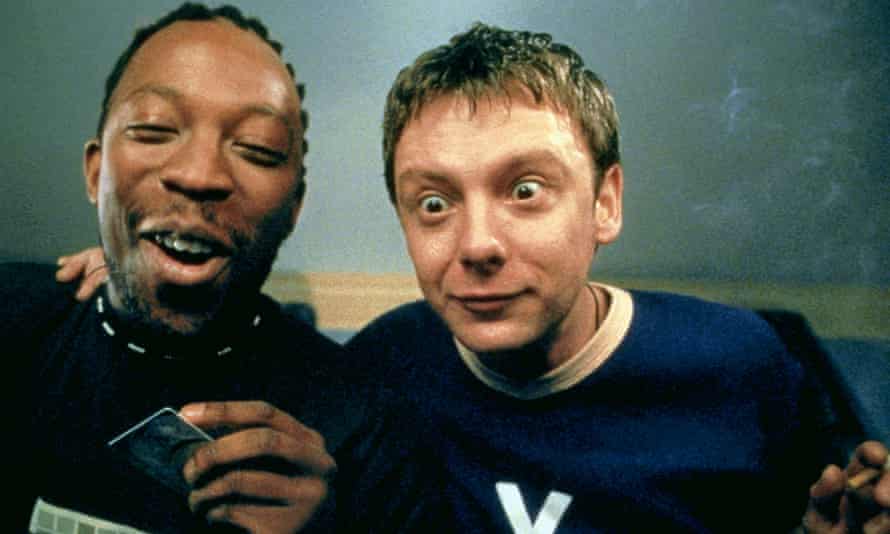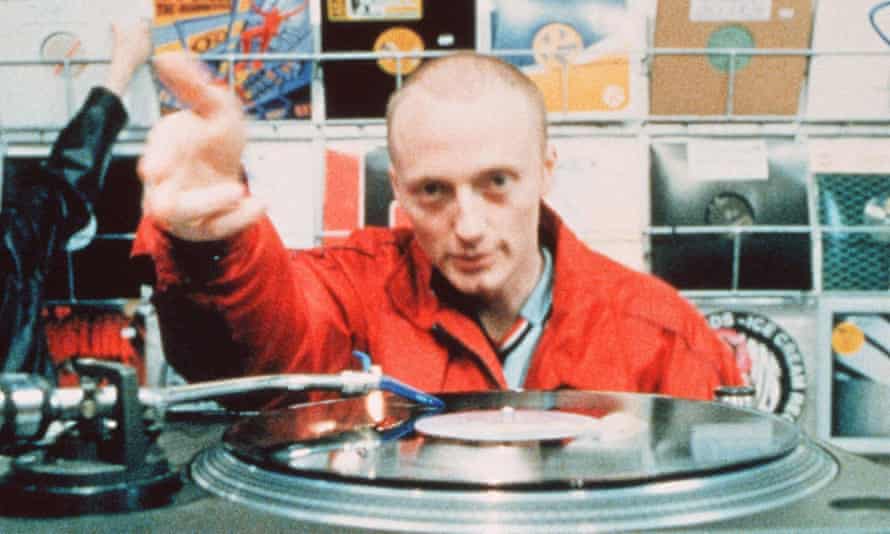Justin Kerrigan, director
I wanted to make a film about what me and my friends got up to on weekends. The 90s club scene was amazing. The rave generation was about love, the ecstasy worked and the music was underground – advertising hadn’t ruined it. Apart from the odd bad boy, the people were nice, eccentric characters who danced like loons all night.
But there was nothing to represent us in cinema. I thought about all the films that first represented their subcultures – Quadrophenia, Saturday Night Fever, Sid and Nancy, Boyz N the Hood – and I hoped that mine, in its own little way, could represent ours accurately. I was 23 and had just graduated from Newport film school when I wrote the script. I would write Monday to Friday until my brain shut down, then on the weekends I would go out partying, and on the comedown I’d record everything that happened. The first draft was 400 pages. I had no idea of the structure and semiotics of screenwriting. What’s funny is that the film is full of scenes that would never make it through a development process: most don’t move the narrative forward at all.
With regards to Jip, John Simm’s character, being impotent – that had happened to me as a student, with my paranoid, overactive mind. I thought back to those soul-destroying moments and decided to exorcise the demon once and for all by writing about it.
No public or private financier in Britain would back the film, so the producers raised the £2.2m budget from private investors abroad. I had no interest in that side of things – I was just high on making my film. The first question I asked in auditions was: “Have you ever taken drugs?” It was essential the actors be a part of the rave scene. They were also all people I would want to hang out with – we made the film as friends.
We shot on location in Cardiff, with the nightclub scenes at the Emporium, which has closed now. To the extras it was a big party – but I can’t say too much about the actors. Let’s just say we wanted it to be authentic. There was one day when 25 scenes were cut because we were behind schedule, so everyone got hammered at the hotel bar. John and I left at dawn – and then he told me he didn’t have to work that day. I had to go in and direct on no sleep. That was tough.
I was quietly amazed that the film attracted no tabloid controversy, in the age of the “killer E”. I purposely left out any scenes of dropping pills, and the film clearly discusses the paranoia and physiological effects of drugs. But, whatever the tabloid sensationalism at the time, I included no deaths as that was not my experience, nor that of anyone I knew.
I know there’s an audience out there hungry for a sequel, but it’s taken five years to get the rights, and now I’m trying to raise a budget. I still relate to the characters’ soul-searching in the original film, but these days it’s just new levels of middle-aged shit instead of the pains of youth. The way things are going now, clubs of the future will be people with the most “likes” wearing their Amazon Prime headphones listening to a DJ on Zoom. Or dancing your tits off in the metaverse with Mark Zuckerberg.
John Simm, actor
When we read the script, we all thought: “Wow, this is our life.” I was in my mid-20s and clubbing a lot in London, at places like Turnmills and Bagley’s. Five years after the 1994 Criminal Justice and Public Order Act, which had outlawed “repetitive beats”, it was refreshing to read a script that was just telling it like it was: people going out, having a good time, and not dying.
It was very low-budget, but such fun to make. It was like there were no grownups on set. I knew Shaun Parkes, who played record-shop owner Koop, already – we played in bands together. Danny Dyer and I became really good friends. We were all staying in the same hotel and, on days off, would go out together. Howard Marks, who filmed a skit called Spliff Politics, used to hang out in the hotel bar with the Super Furry Animals. He had Rizla papers with his own face on them.
Justin wanted to make it real, so he let us riff and be loose with things. For a first-time director, he was brilliant. Quite a lot of the film was improvised, including the famous “Nice one, bruva!” scene. In the scene where we’re doing coke, Shaun and I were doing what we did at parties: talking bullshit. Contrary to opinion, I don’t think we were ever on drugs on camera. I had to wear contact lenses with dilated pupils. We filmed that scene three or four times, and it was different every single time.

The ironic thing about Human Traffic was that it put paid to our clubbing lives. Me and Danny went to Creamfields after that. We were spotted dancing in a tent, and because every clubber had seen the film, we got hundreds of off-their-nuts people coming and hugging us. We couldn’t relax.
To me, it’s like a time capsule: it perfectly captures the end of the 90s. That’s what it was like for millions of people every single weekend. It was a beautiful little snippet of time.

